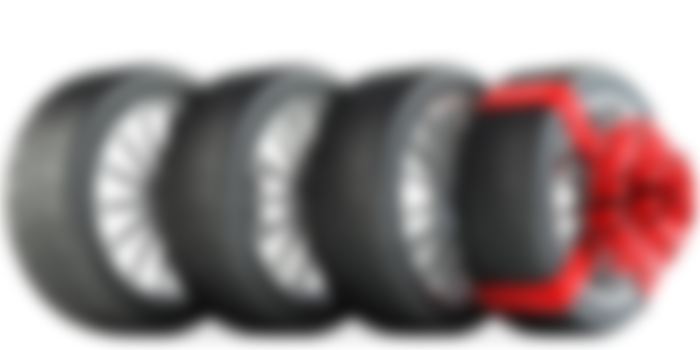Five (5) inventions that changed the world
28th of April 2022

5. The ISO shipping container

In 1956, American truck driver Malcolm MacLean discovered a way to ship goods at a much more cost-efficient price. He invented and patented the ISO shipping container. The container is 12 meters long, it's incredibly durable and it's fitted with a twist lock system which allows them to stack.
Before 1956, shipping containers were not standardized, and companies would generally use their own containers to ship goods. This was problematic because companies could not load goods in a space efficient way, transferring shipments between boats trains and trucks was also a huge headache since certain containers were not compatible with other vehicles.
Malcolm's inventions solve all these problems, and just a few years later the ISO shipping container became the industry standard. Companies can now stack multiple containers and seamlessly transfer shipments between multiple transportation methods. This significantly reduced the cost of shipping and jump-started international trade. Producing nations like China began to flourish and companies around the world could now profitably reach faraway markets. The iso shipping container is widely overlooked as one of the most important inventions of our time.
4. The light bulb

In the late 1800s, scientists across the world were working on creating a practical light bulb to revolutionize the lighting industry. The first incandescent light bulb was painted in 1874 by Alexander Lodygin, but his version of the light bulb failed to work in an effective way and would usually burn out within seconds due to the immense electrical heat.
Six years later, Thomas Edison solved the burnout problem by using a carbon-based thread and a practical lightbulb was finally born. Edison’s light bulb would now last 1500 hours before burning out, and over the next few decades they were used to power streetlamps, homes and businesses across the country. An entire electrical grid was created over time which now powers our world.
3. The wheel

This invention is so ancient, and no one really knows who first invented it, but historians estimate the first wheels pops up around 3100 BC in Eastern Europe. The wheel allowed for faster and more efficient transportation of goods. They were first used on farms to help carry and transport grain during the harvest season, this led to food surpluses which in turn helped civilization flourished.
Wheels would later be used for human transportation as the quality roads started to develop. Four strong carts were then invented and eventually automobiles. Most like the light bulb, the invention of the wheel led to thousands of other wheel-based inventions which today gears our society forward.
2. The printing press

The invention of the printing press in 1440 by Johannes Gutenberg allowed for the rapid creation of written material in large quantities. This led to an awakening as millions of people around the world started reading, learning, and educating themselves at a level never seen before. People started learning about other cultures, about the sciences and about their history. The European Renaissance started which marks the beginning of the early modern age.
1. The Internet

In 1982, the Internet Protocol suite was introduced to network together multiple computers for the purpose of information exchange. The technology was initially used in universities to seamlessly share research and educational data.
Over the next few decades this network would grow to over 75 billion Internet connected devices and today half the world's population is online. As a result, people can now access an ever-expanding source of information at a moment's notice.
Its effects on business, communication, economics, and social culture are profound. They say the foundation of programs is the exchange of information, the printing press led us into the modern age, the internet will take us much further as access to information is now at our fingertips. The internet will likely be a catalyst for major progress, the likes of which we’re only beginning to experience. More reading
Disclaimer: This article and all material used in this content is used for entertainment and educational purposes only. NO copyright infringement is intended.
Images used have been cited






I guess we're all so grateful for the internet coming into the picture...